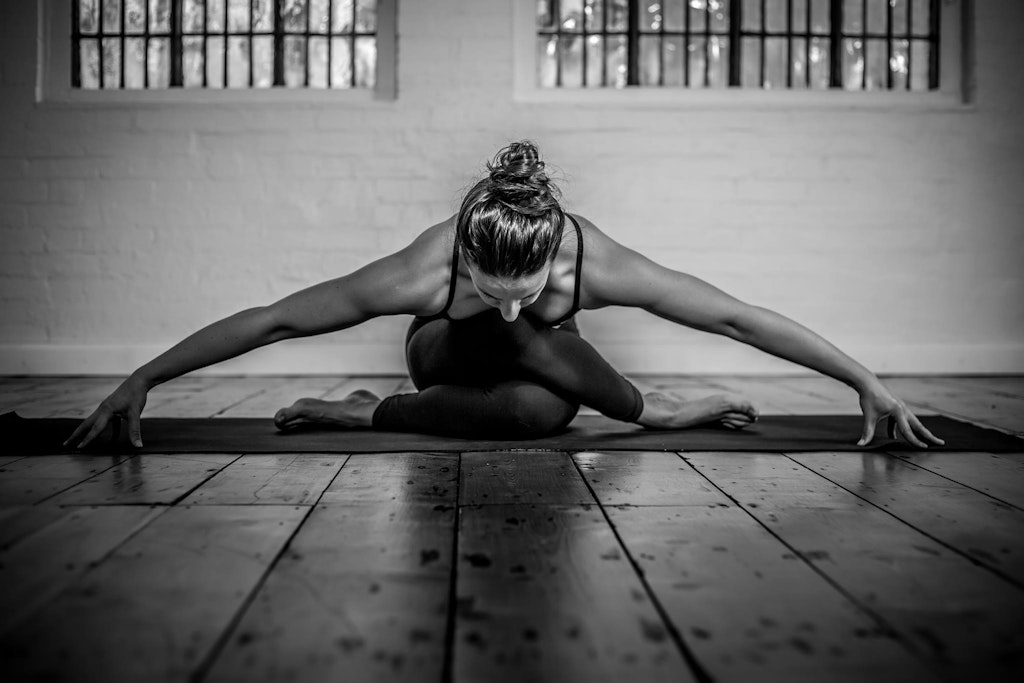Transitions in yoga, and life, can be challenging. When we learn to transition with grace, control and precision in our physical practice it affects our life off the mat, bringing more confidence into our lives.
On the mat we note our progress as we master new asanas, but often don’t take the time to focus on the fluidity as we release from one pose and prepare for the next. Graceful and controlled transitions in harmony with the breath are just as beautiful as the final pose.
How we treat transitions is reflective of how we move through life. Is it just a means to an end or do we approach the movement with as much enthusiasm as the postures? Consider how you view both the journey and the goal. Try to find joy in the process.
We’ve put together some tips on making your transitions smoother and more mindful. Next time you practice, pay attention to how you move from pose to pose. When we refine our transitional movements, we learn to fluidly move through challenges with grace and ease.
- Slow it down
By slowing down the transitions you can tune into the nuances involved. Bring your attention to which muscles have to engage to maintain your balance. Notice the spaces in between your inhales and exhales. Yoga transitions are the perfect opportunity to connect more deeply with our bodies and stay in the moment.
- Balance / Weight
Focus on the movement of your weight, it’s the secret to making smooth yoga transitions. It will help you counterbalance your body and flow from a place of control. Imagine you are moving through treacle and try not to move all your weight in one direction at once. Don’t forget your core, it’s the most effective way to tune into your weight as it is transitioning.
- Listen to your body
If you feel resistance during a transition ask yourself if it is fear based or intuitive. Let go of fear and release anything you know in your heart does not serve you in the moment. Intuition will sound when you are headed somewhere your body is not ready to be. Practice loving kindness. Ahimsa in yoga means non-violence. Remember to practice this with yourself.
- Enjoy the journey
One of the challenges with working on transitions is that the posture you’re moving into can be undermined. Remember each posture, each flow and each transition can have its own individual beauty. So don’t rush, take your time and ground. Stabilize and maintain the pose that you’re transitioning into. Truly honour your personal path, it is after all a yoga practice.
- Inhale / Exhale
Transitions can often cause us to stop breathing (on and off the mat). However, when practiced mindfully your breath becomes the heartbeat of your practice. It’s hard to take a deep inhalation when your body is tense and so most transitions are done on the exhalation. Take the opportunity for a good, long, slow exhalation. Bringing this attention to the breath helps you stay mindful as you move.
Sophia Butler Cowdry is holding a workshop at PYC on 17th November that will focus on transitional movement. With her careful guidance and attention to detail, you’ll learn how improving control and precision, as you move into and between asanas, can radically change the quality of your practice. You can book the workshop here.
